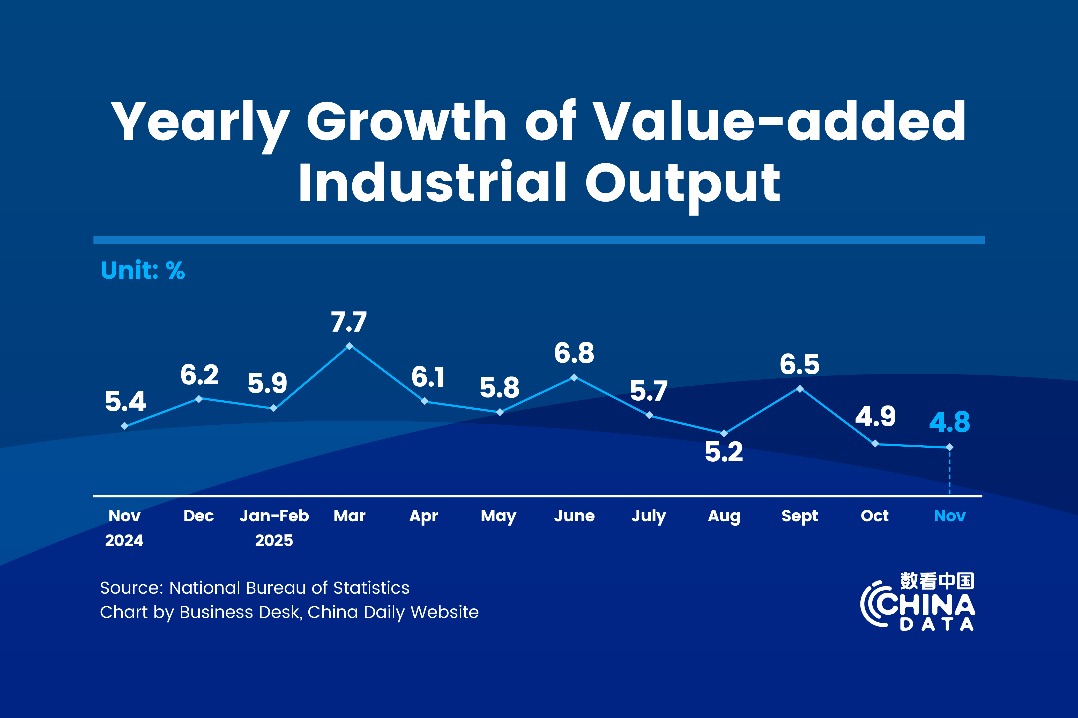Challenges, opportunities in China's changing job market


Workers look for jobs in a labor market in Qingdao, Shandong province, on April 8, 2020. [Photo/Sipa]
The COVID-19 pandemic has posed significant challenges in the job market due to its impact on business activities amid the downward pressure exerted by the micro-economy. A rising unemployment rate in countries and regions suffering from the epidemic has worried people, raising questions for policymakers about how to improve employment quality, optimize domestic demand structure and governance.
Considering the circumstances in China, which faces a decline in labor force due to an aging population, a mismatch between skills offered by employees and skills needed by companies, as well as uncertainties in international environment and other risks like COVID-19, stabilizing the job market is of high priority.
However, the impact of the epidemic should not be exaggerated. Opportunities can be anticipated in areas like flexible employment, information sharing, targeted talent training, new technological changes and the booming digital economy. Data from the National Bureau of Statistics showed unemployment rate in urban China reached 5.3 percent in January and 6.2 percent in February, compared with 5.2 percent in December 2019. The China Institute for Employment Research's CIER Index, which is a measure of the degree of supply-demand tension in the labor market, dropped from 2.47 to 1.02 in the first quarter year-on-year, meaning each job seeker faced 1.02 job vacancies.
The drop is partly caused by companies that reduced recruitment due to impact of the epidemic. Many companies suspended production and operations during the peak of the epidemic in China, especially in industries like hospitality, catering and tourism. The raging epidemic overseas also decreased demand in foreign trade and related jobs.
A fear of unemployment gripped college students. According to a survey of Chinese college students in February and March by the CIER and online recruitment platform Zhaopin, over half of the 10,870 interviewees thought the employment situation was not optimistic this year, while 41.2 percent said finding a job was difficult but the situation was acceptable.
The short-term shock of COVID-19 increases pressure on the Chinese job market, but opportunities often go hand in hand with challenges. A long-term employment policy is key to get out of the current difficulty.
For instance, the outbreak has forced workers to stay at home, which ended up promoting online businesses such as remote work platforms that were able to create jobs. Besides, job opportunities can be found when external demand shifts to domestic demand, as China begins to speed up the construction of new infrastructure in the fields of 5G networks, internet of things, big data, artificial intelligence, industrial internet and smart cities. More human resources-related investments in sectors or fields like education, hygiene and welfare are also driving the labor market.
Over the last decade, China has made great strides in the job market. The country ranked first in employment, domestic economy and labor market worldwide in 2017, according to a report from the International Institute for Management Development, one of the top graduate business schools in the world, located in Lausanne, Switzerland. However, besides the impact of the epidemic, other factors have also hindered the Chinese job market.
The supply of labor force declined due to a decrease in the working-age population and the labor participation rate. Aggregate employment also declined since 2018. The size of working-age population decreased by about 26 million during the 2012-18 period, according to NBS estimates.
Some might argue this was mainly due to the family planning program that allowed families to have only one child. The labor participation rate also dropped because more young people are getting access to higher education, and those aged over 55 are leaving the labor market due to improvement in retirement benefits. This factor is expected to make the economically active population to shrink from 700 million in 2015 to 580 million in 2026, as forecast by the NBS.




































